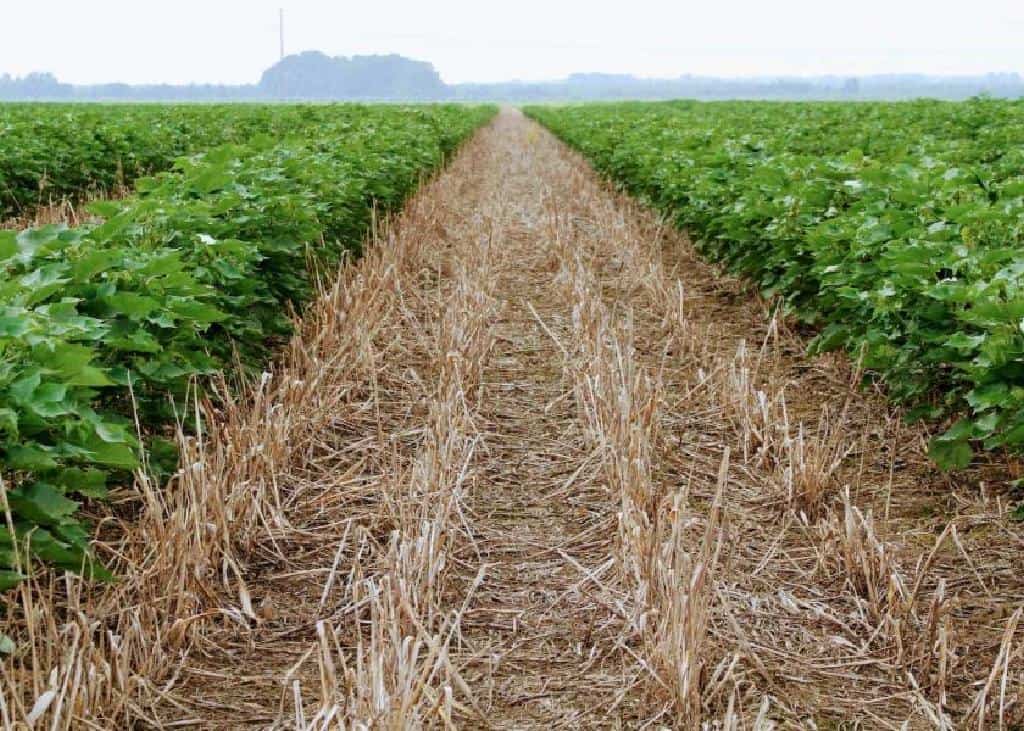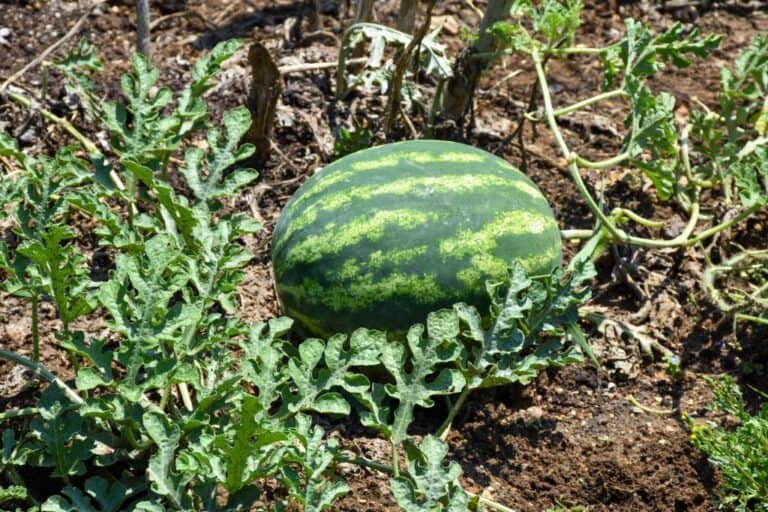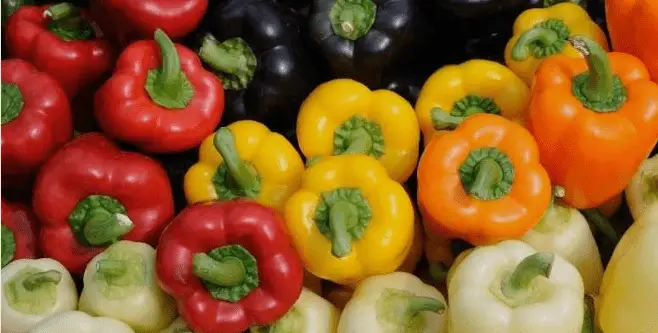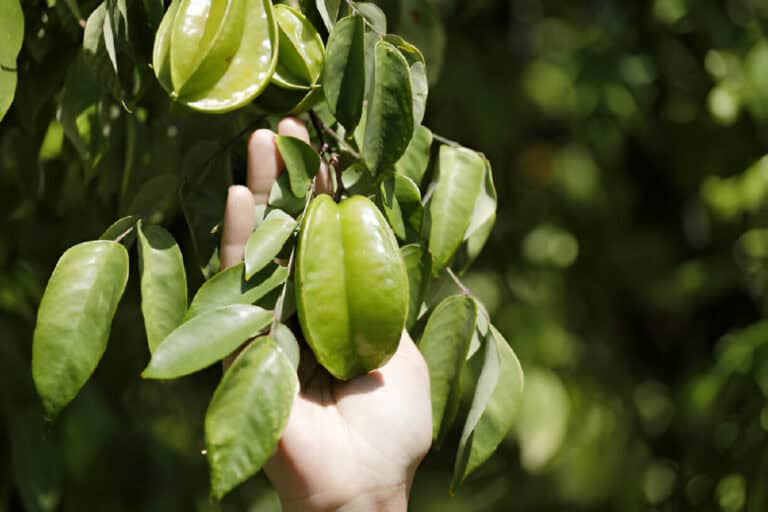What Is a Turn Row as in Farming? Land and Crop Management

Farming has been a way of life for centuries, and with modern advancements in technology and techniques, it has become even more efficient and productive. One of the essential aspects of farming is understanding land and crop management. In this article, we will explore the concept of a turn row, its role in farming, and how it impacts land and crop management.
Understanding Turn Rows in Farming
A “turn row” is a designated area at the end of a crop row that is used to turn equipment, such as tractors or harvesters, around. It is also used to provide a place for equipment to park while waiting for the next row to be worked on. Typically, a turn row is around 25 to 30 feet wide, allowing ample room for equipment to maneuver.
Turn rows are essential in farming because they provide access to the entire field and help prevent damage to crops. Without turning rows, equipment would have to drive over the crops, damaging them and reducing the yield. Turn rows also help Land Management Practices in Ranching by providing a place for heavy equipment to park, reducing the amount of weight that is placed on the soil.
The Role of Turn Rows in Crop Management
Turn rows play a critical role in crop management because they allow farmers to work efficiently and effectively. With turn rows, farmers can easily access the entire field, allowing them to apply fertilizers and other treatments evenly. They can also identify and address any issues that may be present, such as pests or disease.
Turn rows also allow farmers to implement crop rotation, which is a vital aspect of crop management. Crop rotation involves alternating the crops grown in a field from year to year to help prevent the buildup of pests and diseases in the soil. By rotating crops, farmers can help maintain the health and fertility of the soil, ensuring that they can continue to produce healthy crops year after year.
Benefits of Proper Turn Row Management
Proper turn row management can have several benefits for farmers. One of the most significant benefits is increased efficiency. By having well-designed turn rows, farmers can work more quickly and with less effort, reducing the amount of time and resources needed to manage the crops.
Proper turn row management can also help reduce crop damage and soil compaction, which can lead to higher crop yields. By reducing the amount of weight placed on the soil, farmers can help maintain its structure and fertility, ensuring that crops have the nutrients they need to grow strong and healthy.
Disadvantages of Turn Row in Farming
While turn rows have several benefits, such as increased efficiency and improved crop management, they also have some disadvantages that farmers should be aware of.
One of the primary disadvantages of turn row farming is the loss of valuable land. Turn rows take up a significant portion of the field, reducing the amount of land available for planting crops. This can be especially problematic for farmers who have limited land available, as it can reduce their overall yield.
Another disadvantage of turn row farming is the potential for soil erosion. Turn rows can create channels that can carry water runoff, leading to erosion of the soil. This can be exacerbated if the turn rows are not well-maintained, leading to deeper channels and more significant soil erosion.
Turn row farming can also be more labor-intensive than other farming methods. Farmers must take care to maintain the turn rows regularly, filling in any ruts or holes that may develop. This can be time-consuming and may require additional labor or equipment.
Finally, turn rows can also increase the risk of equipment damage. Heavy equipment can cause damage to turn rows, leading to increased maintenance costs and reducing the lifespan of the equipment. This can be especially problematic for farmers who have limited resources and cannot afford to replace equipment regularly.
Despite these disadvantages, turn rows remain a popular and effective farming method. Farmers must weigh the benefits and drawbacks of turn rows carefully to determine if they are the right choice for their operation. By carefully planning and maintaining turn rows, farmers can mitigate many of the disadvantages associated with this farming method, ensuring that they can continue to produce healthy crops year after year.
Techniques for Managing Turn Rows
Managing turn rows requires careful planning and attention to detail. Here are some techniques that farmers can use to ensure that their turn rows are well-designed and properly managed:
1. Plan the Layout of Turn Rows Carefully.
The layout of turn rows should be carefully planned to ensure that they provide adequate access to the entire field. Farmers should consider the size and shape of their equipment when designing turn rows, making sure that there is enough space to maneuver.
2. Use Appropriate Materials for Turn Rows.
The materials used for turn rows should be sturdy and durable enough to withstand heavy equipment. Gravel or crushed rock is a common material used for turn rows because it provides a stable surface for equipment to drive on.
3. Maintain Turn Rows Regularly.
Turn rows should be regularly maintained to ensure that they remain in good condition. This includes filling in any ruts or holes that may develop, and ensuring that the surface remains stable and level.
4. Consider Automation for Turn Rows.
Automating turn rows can help increase efficiency and reduce the risk of operator error. For example, farmers can use GPS systems to guide equipment along turn rows, ensuring that they remain straight and uniform.
Conclusion
In conclusion, turn rows are an important aspect of farming that can have a significant impact on land and crop management. By understanding what turn rows are and how they work, farmers can make informed decisions about whether to use them in their farming operations. Turn rows offer several benefits, including increased efficiency, improved soil management, and better crop yields.
However, they also have some disadvantages, such as the loss of valuable land, the potential for soil erosion, and increased labor and maintenance costs. Ultimately, the decision to use turn rows in farming operations should be based on careful consideration of these factors and the specific needs and goals of the farm.
With proper planning and maintenance, turn rows can be a valuable tool for farmers looking to maximize their yields and improve their overall crop management.






